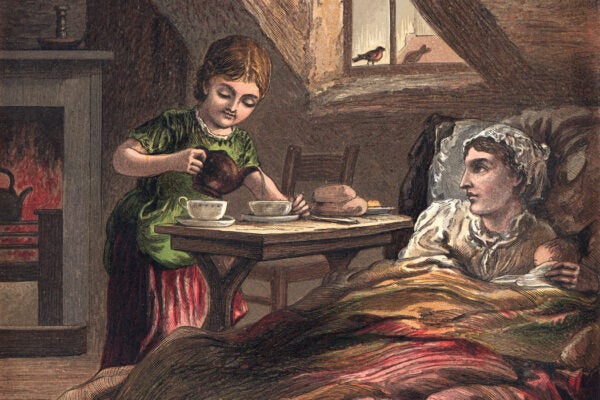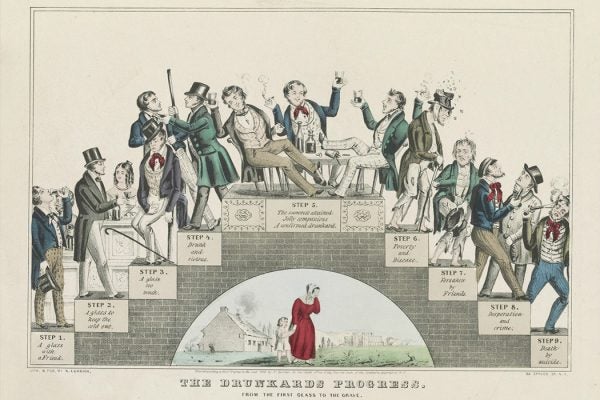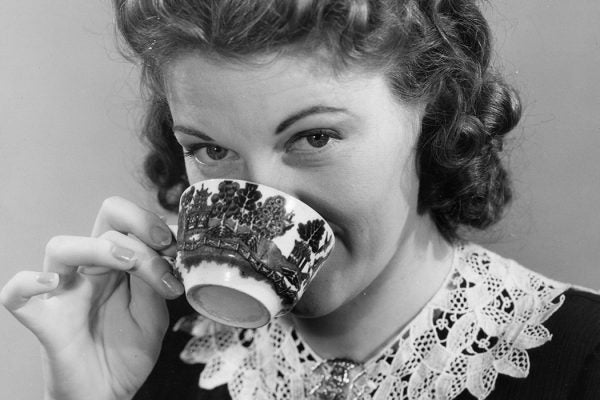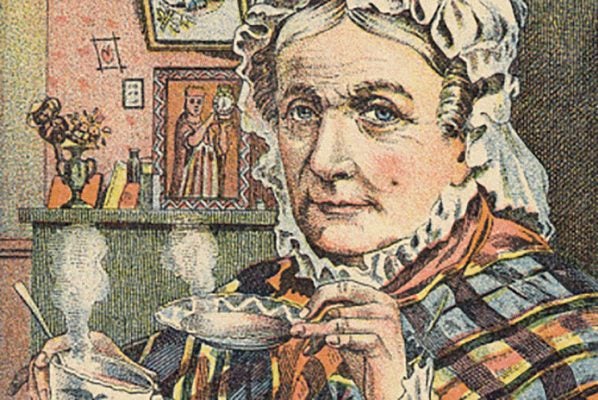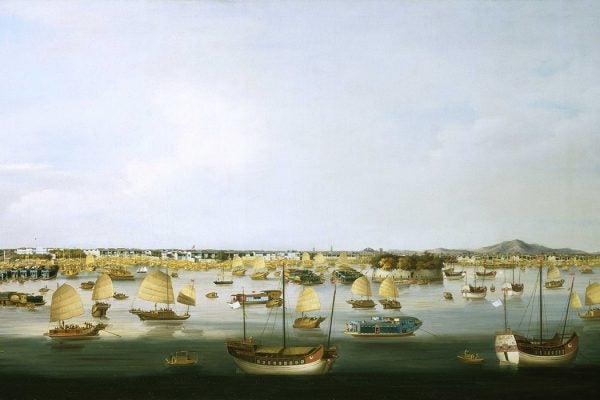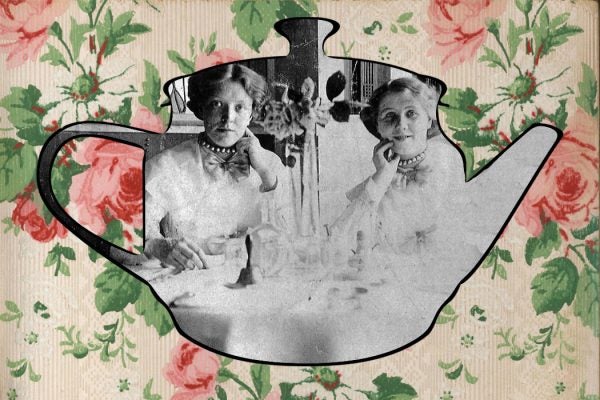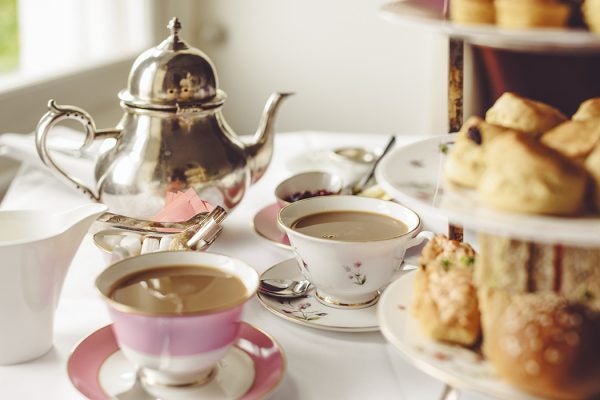Camellia sinensis: Labor and the Tea Plant
Consumed as tea around the world, Camellia sinensis raises questions about plantation labor practices and the environmental impact of monocultures.
The Dangers of Tea Drinking
In nineteenth century Ireland, tea could be a symbol of cultivation and respectability or ill health and chaos, depending on who was drinking it.
Tea Parties for Temperance!
Behind the Victorian movement to replace tippling alcohol with a very British ritual.
The Anxious “China Hunters” of the Nineteenth Century
After the Civil War, some elite women became obsessed with collecting antique china, the better to connect themselves to illustrious histories.
The Victorian Tea “Infomercial”
By the 19th century, tea was the British national beverage, and "tea histories" were a form of imperial propaganda.
The First U.S.-China Trade Deal
The Treaty of Wanghia formalized the burgeoning ties between the two countries, opening the door to new commercial and cultural exchanges.
The Top-Secret Feminist History of Tea Rooms
Nearly all American tea rooms were owned by women. They often opened up rooms in their homes or set up tables in their gardens.
The Extremely Un-British Origins of Tea
Tea is bound up in the nation's history of colonial expansion. British tea drinkers preferred Chinese tea at first, and had to be convinced on patriotic grounds to drink tea from India.
Punch vs. Tea in the 18th Century
In the 18th century, whether a person drank punch or tea revealed a lot about gender, stereotypes, sociability, and domesticity.

